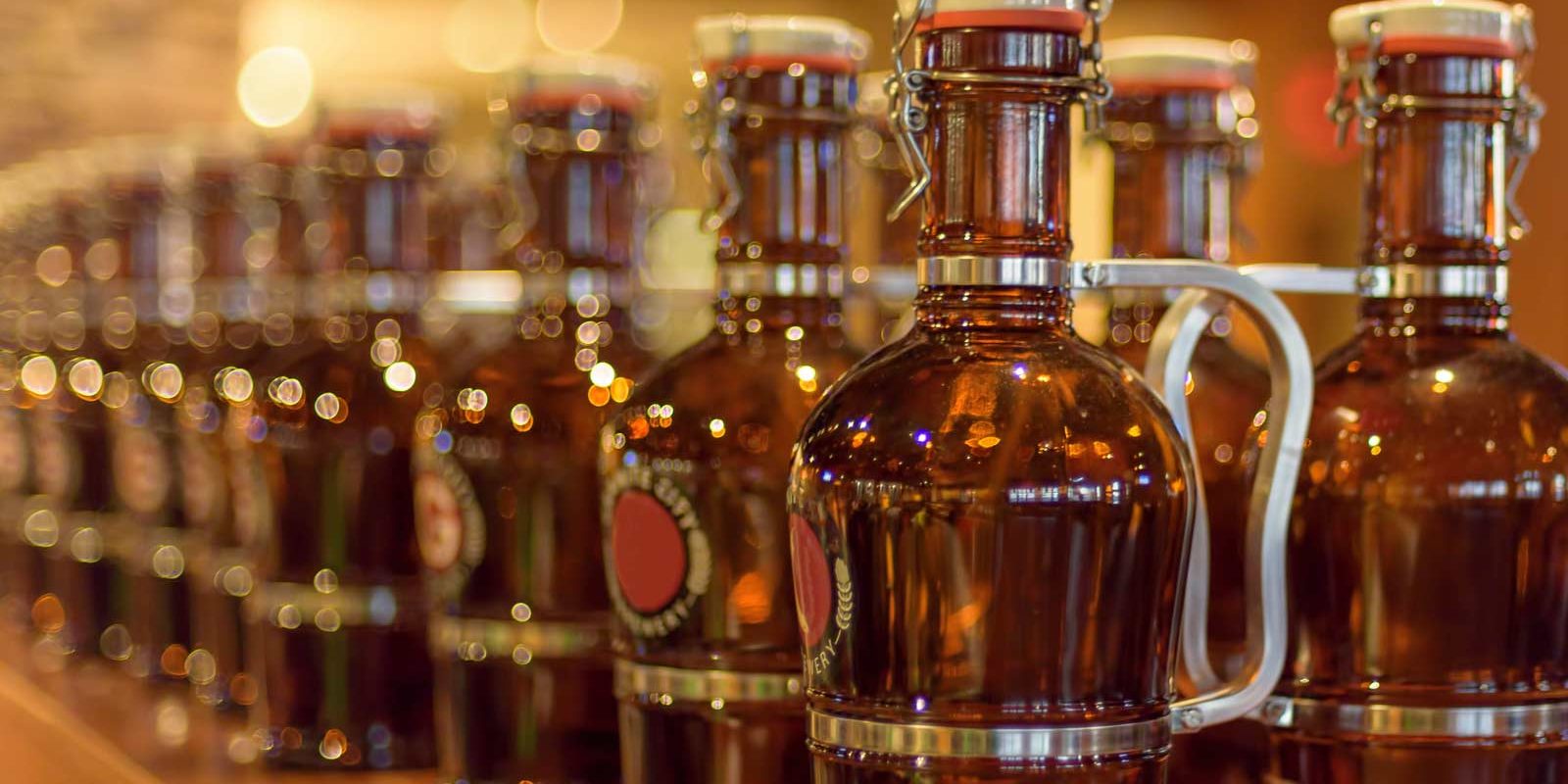Clark County, Nevada amended its Liquor Code on Tuesday September 4, 2018 when the County Board of Commissioners approved an ordinance making various changes to the Clark County Liquor Code facilitating retail liquor operations. We have been working with Clark County representatives on these changes for several years and are pleased that the new laws have been adopted to accommodate changing restaurant layouts and customer preferences.
Among these changes are the following:
- Growlers. Under the prior County liquor code, businesses licensed to sell alcoholic beverages for off-premises consumption had to sell alcoholic beverages in original sealed containers.
- The new ordinance allows package liquor stores, brew pubs and main bar licensees in a resort hotel to dispense beer or cider in a growler sold or provided by the licensee, or a sanitary growler provided by the customer subject to certain conditions.
- Category 2 Restaurants. The Clark County Liquor Code distinguishes a restaurant from a “category 2 restaurant.” A “restaurant” is a business “where hot, complete meals are prepared and cooked on the premises, ordered from and served by waiters or waitresses to tables or booths providing a seating capacity for at least fifty persons in a room separate from the kitchen.” A “category 2 restaurant” does not require meals to be served by waiters or waitresses and the seating capacity is only 12.
- Under the prior liquor code, a category 2 restaurant licensed for liquor was prohibited from serving more than 49% of their menu items in the form of pre-cooked or pre-packaged meals. The new ordinance eliminates that condition and allows a category 2 restaurant to serve more than 50% of its menu items in the form of pre-cooked or pre-packaged meals.
- Physical Barriers. Under the old County liquor code, all retail liquor establishments (except live entertainment venues and showrooms operated by resort hotel licensees) were required to “be separated by a physical barrier sufficient to deny entry of minors to the area in which liquor is dispensed. Such area must be clearly marked by a sign or signs sufficient to give notice that minors are excluded there from.”
- The new ordinance removes the specific requirement for a physical barrier. Instead, an applicant for a retail liquor license will instead be required to submit a written security plan to prevent the service to and consumption of liquor by minors, which once accepted will become a condition to the license. Please note that previously operating retail liquor establishments may continue to do so without submitting a written security plan; however, any modifications to the business’s floor plan must be submitted for approval along with a security plan.
- Recorking/Resealing. Under the prior liquor code, restaurants were not permitted to seal partially consumed bottles of wine for customers to take away from the restaurant. The new ordinance permits a restaurant licensed in conjunction with a service bar or supper club liquor license to re-seal partially consumed bottles of wine and permit customers to take such bottle away from the restaurant for off-premises consumption.
- Corkage. Under the preexisting liquor code, restaurants were not permitted to open bottles of wine brought to the restaurant by customers. The new ordinance permits restaurants licensed in conjunction with a service bar or supper club liquor license to permit customers to bring a bottle of wine into the establishment for purposes of having the establishment pour and serve the wine in connection with a meal. A restaurant may choose to charge the customer a “corking fee.”
- Supper Clubs. Under the prior liquor code, a supper club licensee was required to meet specific floorplan requirements, including a physical barrier separating the bar/lounge areas from the restaurant and strict seating requirements dictating ratios for the number of bar/lounge seats to restaurant seats.
- The new ordinance simplifies and allows more flexibility with regard to the floorplan requirements for a supper club. Notably, the ordinance deletes language requiring a “barrier” between the restaurant and bar/lounge portions of the business and ratios for restaurant to bar/lounge seats. Instead, a supper club licensee can submit its own security plan regarding how the business will prevent consumption of liquor by minors. As a practical matter, these changes will allow a supper club more flexibility with regard to the overall design of the restaurant and seating.
 Call Now
Call Now Email Us Now
Email Us Now



